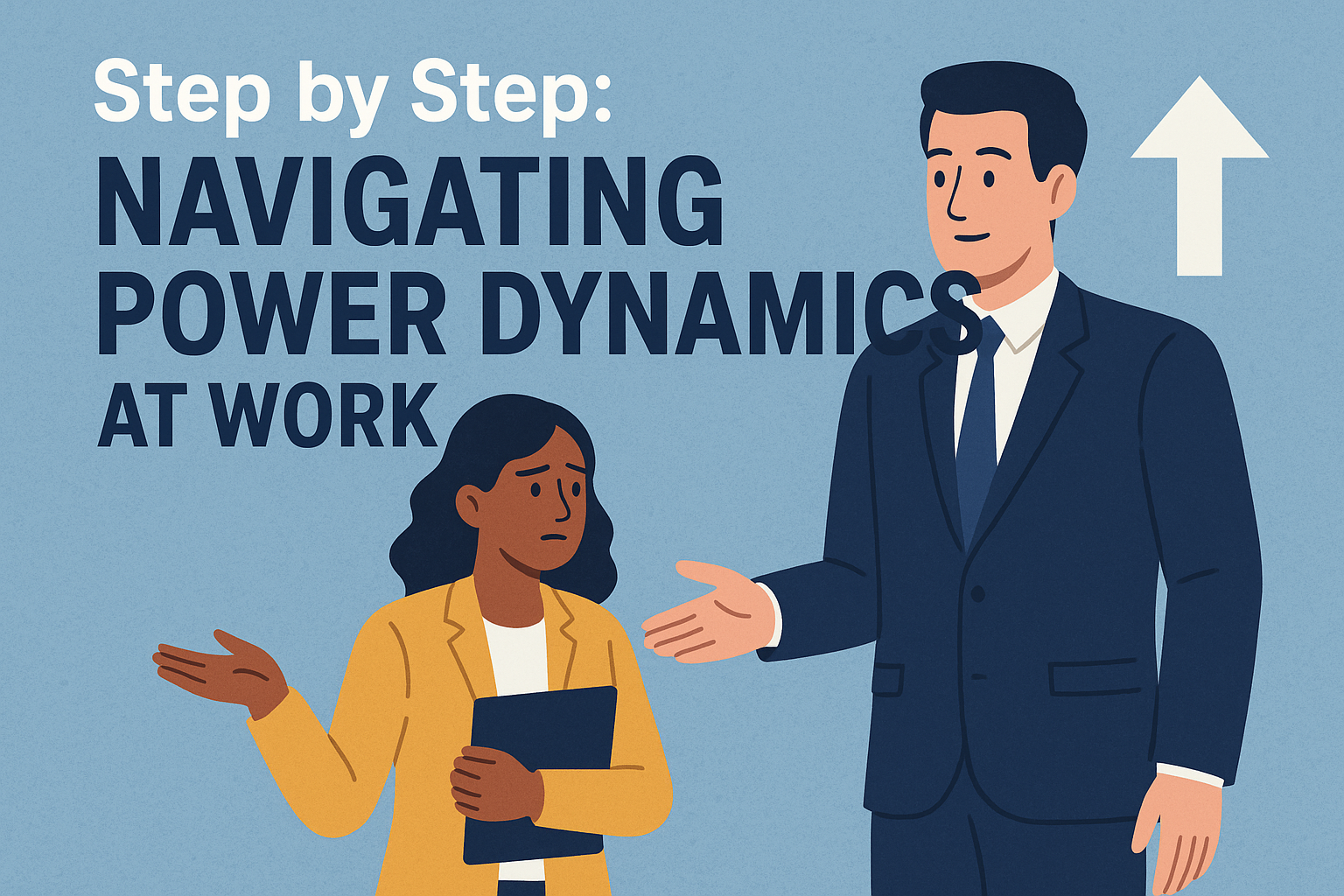When Rohit was promoted to lead a cross-functional project, he thought his track record would be enough to get everyone on board. After all, he’d been with the company for over a decade, delivered big results, and was respected for his expertise.
But within weeks, he hit roadblocks. Emails went unanswered. Some teams delayed their inputs. A senior leader, not even part of his reporting chain, questioned his approach in a meeting.
Frustrated, Rohit confided in a mentor. The advice was simple but eye-opening:
“You’re treating this like a sprint powered by skills. This is a marathon powered by influence.”
Why Many Miss the Power Centres
Mid-career professionals often assume that the formal hierarchy is the only map that matters. Years of working within clear reporting lines make us focus on our manager, our immediate team, and the leaders above them.
What we overlook is the informal network — the people whose opinions shape decisions behind the scenes, often without being in the spotlight.
- A trusted advisor to the CEO who holds no formal leadership title.
- A long-serving team member whose deep institutional memory makes them indispensable.
- A colleague in another department who controls information flows.
These influencers may not be listed on the project plan, but ignoring them can quietly stall progress.
Seeing the Invisible Map
Rohit began to notice these patterns. The org chart showed one reality; the true flow of influence told another story.
One key player was a finance manager the CFO always consulted. Another was a marketing lead whose customer insights were valued at the highest level.
Adjusting Personality Styles
Recognising these power centres wasn’t enough — Rohit also had to adapt. His natural style was direct and task-focused, but he realised this didn’t work equally well with everyone.
He needed to:
- Listen before proposing solutions to those wary of change.
- Show curiosity about priorities outside his own project scope.
- Acknowledge contributions publicly to build goodwill.
These weren’t manipulations — they were small but conscious shifts in approach, aimed at connecting with people on their terms.
Building Bridges
Instead of pushing harder with the same tactics, Rohit started having informal conversations — coffee chats, hallway catch-ups, shared problem-solving sessions. He offered help without immediately asking for something in return. Gradually, the resistance softened. Colleagues who had once been distant began to volunteer ideas, remove bottlenecks, and advocate for the project.
Authentic, Not Manipulative
Navigating power dynamics doesn’t mean playing political games. It’s about being authentic while reading the room — understanding how decisions get made, and communicating in ways that build trust and alignment.
The Career Lesson
By year’s end, the project was a success — but more importantly, Rohit had developed a skill that would serve him in every role thereafter:
Understanding and navigating power dynamics isn’t about titles.
It’s about recognising influence, building bridges, and adapting without losing yourself.
3 Key Takeaways for Mid-Career Professionals
- Read Beyond the Org Chart
Look for the informal influencers. Observe whose opinions leaders seek before making decisions. Sometimes the most powerful voices are the quietest. - Invest in Relationships
Trust is rarely built in formal meetings alone. Shared lunches, helpful gestures, and genuine curiosity go a long way in opening doors. - Adapt Without Losing Authenticity
Different power centres have different priorities and styles. Flex your approach to match theirs while keeping your values intact.
In the mid-career stage, your expertise gets you noticed — but your ability to navigate the invisible currents often determines how far you go.










